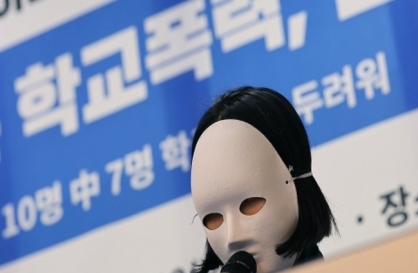
By John Rosengren
(New American Library)
The game of baseball seemed grandly American in the 1930s. Players had cherubic names ― Birdie and Schoolboy, sounding like characters from a Broadway musical. Beneath the good times, though, breathed an awful hatred.
In his new book, “Hank Greenberg: The Hero of Heroes,” John Rosengren describes how the New York Yankees used to call up minor leaguers just to harass the Jewish baseball star from the bench.
In the South, things were worse. “No one would ever let you forget it. You’d hear it from the stands all the time,” Greenberg says of his early playing days, citing a torrent of anti-Semitic invective.
Somehow, Greenberg endured to become not just a hero, but a social pioneer. Well before Jackie Robinson, the Detroit first baseman became a symbol in the battle against bigotry, what one newspaper at the time called “that elusive Hebrew star.”
That such a transformation came in Detroit makes it all the more impressive.
“Had Greenberg chosen to play in New York, he would have blended into the large Jewish community,” writes Rosengren, “but in Detroit, where less than 5 percent of the population was Jewish, Hank felt isolated. The city’s environment was particularly hostile toward Jews. ... Not surprising, since the city’s paterfamilias, Henry Ford, was its leading anti-Semite.”
Rosengren, a Minneapolis-based author who has written extensively on sports, does a fine job placing Greenberg’s accomplishments against this backdrop, as well as the chilling developments taking place across Europe at the time. As Dachau factories were being turned into prototypes for Nazi concentration camps, the prominent young star headed to spring training with the Tigers, giving his career even more resonance.
The book occasionally slows with detailed passages on games and Greenberg’s battles with ownership and managers. Rosengren might’ve done better skipping a bit of this play by play.
More engaging are the details of how Greenberg, who would become the highest paid player in baseball at the time, changed the way the game was played.
Hours before teammates arrived for games, Greenberg would show up at ballparks to groove his swing, or improve his footwork around first base. Ever looking for an edge, he discovered that he could use bicycle tape to extend the webbing of his first-baseman’s mitt, or use licorice to resin the pocket.
“Other teams didn’t like it,” Rosengren writes, “but nothing in the rule book rendered Hank’s adaptation illegal.”
And while Babe Ruth’s homers were high and lunar, Greenberg’s were straight power strokes, what one writer described as looking like “a Bobby Jones tee shot.”
Baseball aficionados will also soak up encounters between the Tigers power hitter and Cleveland Indians legend Bob Feller, “the only pitcher who genuinely frightened Greenberg,” Rosenberg writes. In a game where Feller strikes out 18 Tiger batters, Greenberg uncorks a 450-foot double.
By the time he is 25, the 6-foot-4 Greenberg has developed into a charming and intelligent star. He wears his hair longer than most of the players of that day, and chooses more stylish clothes. Wire service photographers snap shots of him with beautiful young women at the beach.
Greenberg spent his final 13 years in Los Angeles, played tennis daily at the Beverly Hills Tennis Club and is buried at Hillside Memorial Park.
But it isn’t for such glamorous rewards that Greenberg deserves to be remembered. He deserves special note for, in the trickiest of times, connecting with fans and erasing biases with his work ethic, a will to win and a rare generosity of spirit.
Rosengren’s book reintroduces us to a player with that most-elusive trait in modern sports: genuine integrity.
(MCT)
-
Articles by Korea Herald



![[AtoZ Korean Mind] Does your job define who you are? Should it?](http://res.heraldm.com/phpwas/restmb_idxmake.php?idx=644&simg=/content/image/2024/05/06/20240506050099_0.jpg&u=)















![[K-pop's dilemma] Is Hybe-Ador conflict a case of growing pains?](http://res.heraldm.com/phpwas/restmb_idxmake.php?idx=642&simg=/content/image/2024/05/07/20240507050746_0.jpg&u=)